Cementerio Nacional de Seúl (국립서울현충원)
6.3Km 2025-07-02
Hyeonchung-ro 210, Dongjak-gu, Seúl.
La parte de atrás del Cementerio Nacional de Seúl está rodeada por los picos sagrados de las montañas de Dongjak, que se conectan con el monte Gongjaksan formando los picos del monte Gwanaksan. En el frente, el cementerio mira hacia el río Hangang.
El Cementerio Nacional de Seúl está situado en una superficie de aproximadamente 1.430.000 ㎡. Aquí descansan los restos de 165.000 mártires y soldados, policías, y fuerzas de reserva que sacrificaron sus vidas por su país. En la Memorial Tower se encuentran los recordatorios de unos 104.000 soldados fallecidos durante la Guerra de Corea, pero cuyos cuerpos nunca fueron encontrados, junto con 7.000 cadáveres de unos 7.000 soldados desconocidos. Los restos de más de 54.000 patriotas están enterrados en el cementerio, que está dividido en varias secciones: tumbas de soldados, policías, ciudadanos de mérito, y figuras clave del gobierno provisional. Cada año, el 6 de junio, se celebran servicios funerarios y diversos eventos para recordar a estos valientes patriotas.
Las instalaciones consisten en la Puerta Conmemorativa, la Torre Conmemorativa, la Fuente Chungseong, el Campo Santo, la Sala de Exposición Fotográfica, el Cine de Películas Educativas y la Sala de Exhibición de Reliquias. En 1955, el cementerio fue nombrado Cementerio Militar Nacional, para después ser elevado al estado de Cementerio Nacional en 1965. En 1996, el organismo que lo administra cambió de nombre, pasando de ser "Oficina de Administración del Cementerio Nacional" a "Organización del Cementerio Nacional".
Gangseo Myeonok (강서면옥)
6.3Km 2020-04-17
35, Sejong-daero 11-gil, Jung-gu, Seoul
+82-2-752-1945
Gangseo Myeonok has been famous for over fifty years, having been the food of choice served to visiting dignitaries from North Korea at the time of the South-North Red Cross Conference. The restaurant has succeeded in carrying on the tradition of Pyeongyang-style naengmyeon. The native buckwheat from Gangwon-do mixed with starch makes for fine noodles, and the wonderful broth is made from beef brisket with white radish kimchi.
Mangnae Hoejip (막내회집)
6.3Km 2021-04-09
34-11, Namdaemunsijang, 4-gil, Jung-gu, Seoul
+82-2-755-5115
It is a Hoejip (raw fish restaurant) with 26 years’ tradition. This Korean dishes restaurant is located in Jung-gu, Seoul. The representative menu is sliced raw flatfish.
Jaembaeok (잼배옥)
6.3Km 2021-03-30
68-9, Sejong-daero 9-gil, Jung-gu, Seoul
+82-2-755-8106
It has over 80 years of tradition. This Korean dishes restaurant is located in Jung-gu, Seoul. The representative menu is ox bone soup.
Centro Comercial de Importaciones de Sungnyemun (Namdaemun) (숭례문(남대문) 수입상가)
6.3Km 2024-01-24
Sowol-ro 3, Jung-gu, Seúl
Ilpum Garden (일품가든)
6.3Km 2021-03-30
109-10, Seosomun-ro, Jung-gu, Seoul
+82-2-3789-7295
This is a restaurant where you can taste both shabu-shabu (sliced meat and vegetables boiled in water) and roasted meat. This Korean dishes restaurant is located in Jung-gu, Seoul. The representative menu is shabu-shabu.
Calle Comercial de Lentes de Namdaemun (남대문 안경상가)
6.3Km 2025-06-19
Namdaemunsijang 4-gil, Jung-gu, Seúl
Aldea Museo Donuimun (돈의문박물관마을)
6.3Km 2024-07-22
Songwol-gil 14-3, Jongno-gu, Seúl
Jinju Hall (진주회관)
6.3Km 2020-05-08
26, Sejong-daero 11-gil, Jung-gu, Seoul
+82-2-753-5388
Jinju Hall is a restaurant specializing in kongguksu (chilled white soybean noodle soup) with over 40 years of history. Renowned for its rich soup of cold noodles, the restaurant uses fresh soybeans grown in Gangwon-do. The dishes are not only nutritious, but also effective in restoring people's appetites, often lost because of the summer's heat.
To make the restaurant's signature dish, buckwheat is mixed with ground soybeans and flour to make dough. The dough is shaped into noodles and boiled. They are then mixed with pulverized soybeans (which are slightly boiled) and cold broth. Boasting a simple taste, this cold soybean noodle dish is one of the most popular dishes in summer.
The Painters 2 (페인터즈 시즌2)
6.4Km 2024-07-25
Jeongdong-gil 3, Jung-gu, Seúl
+82-2-766-7848

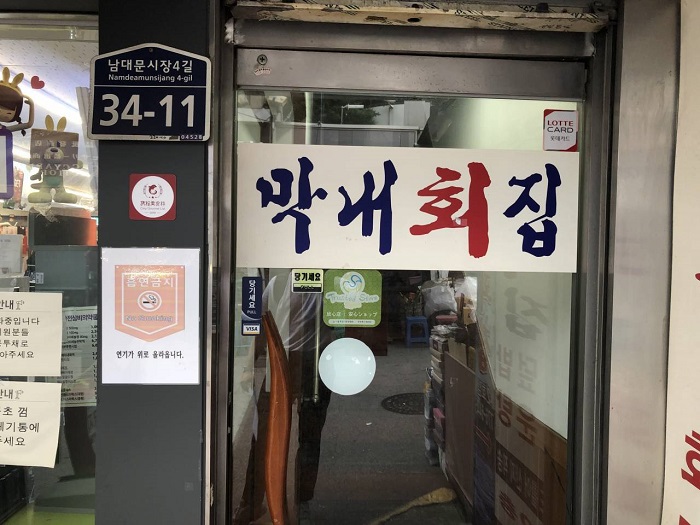
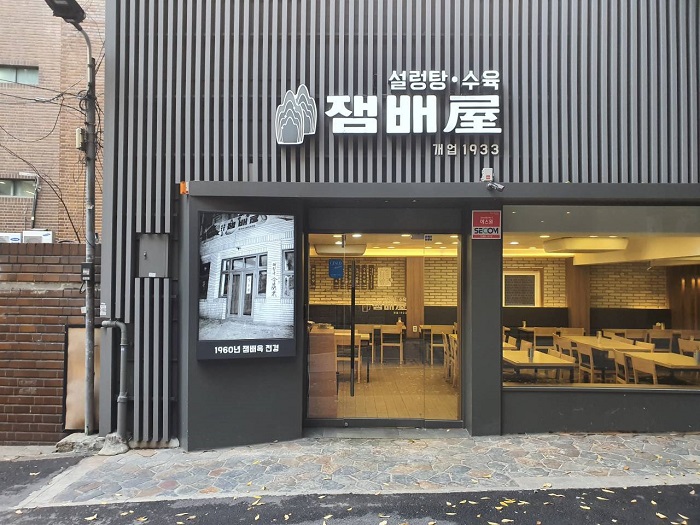
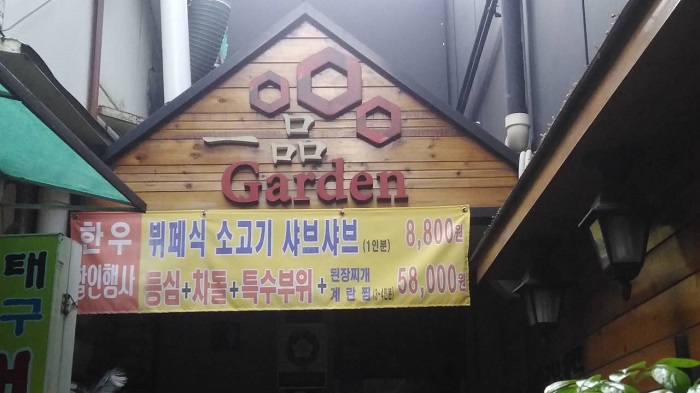
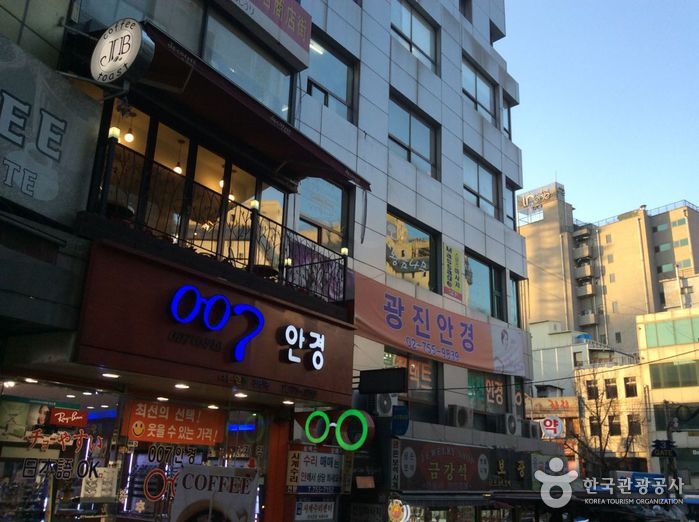
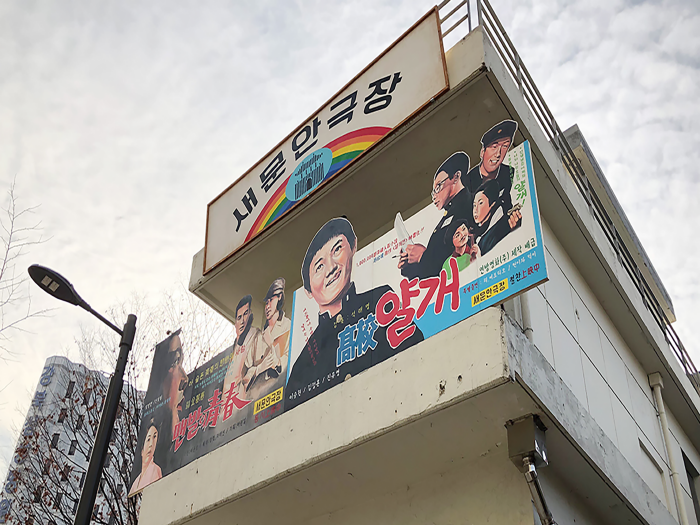
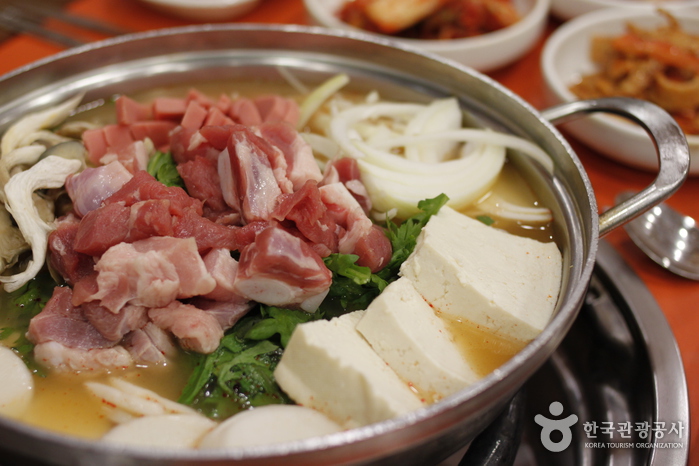

 Español
Español
 한국어
한국어 English
English 日本語
日本語 中文(简体)
中文(简体) Deutsch
Deutsch Français
Français Русский
Русский